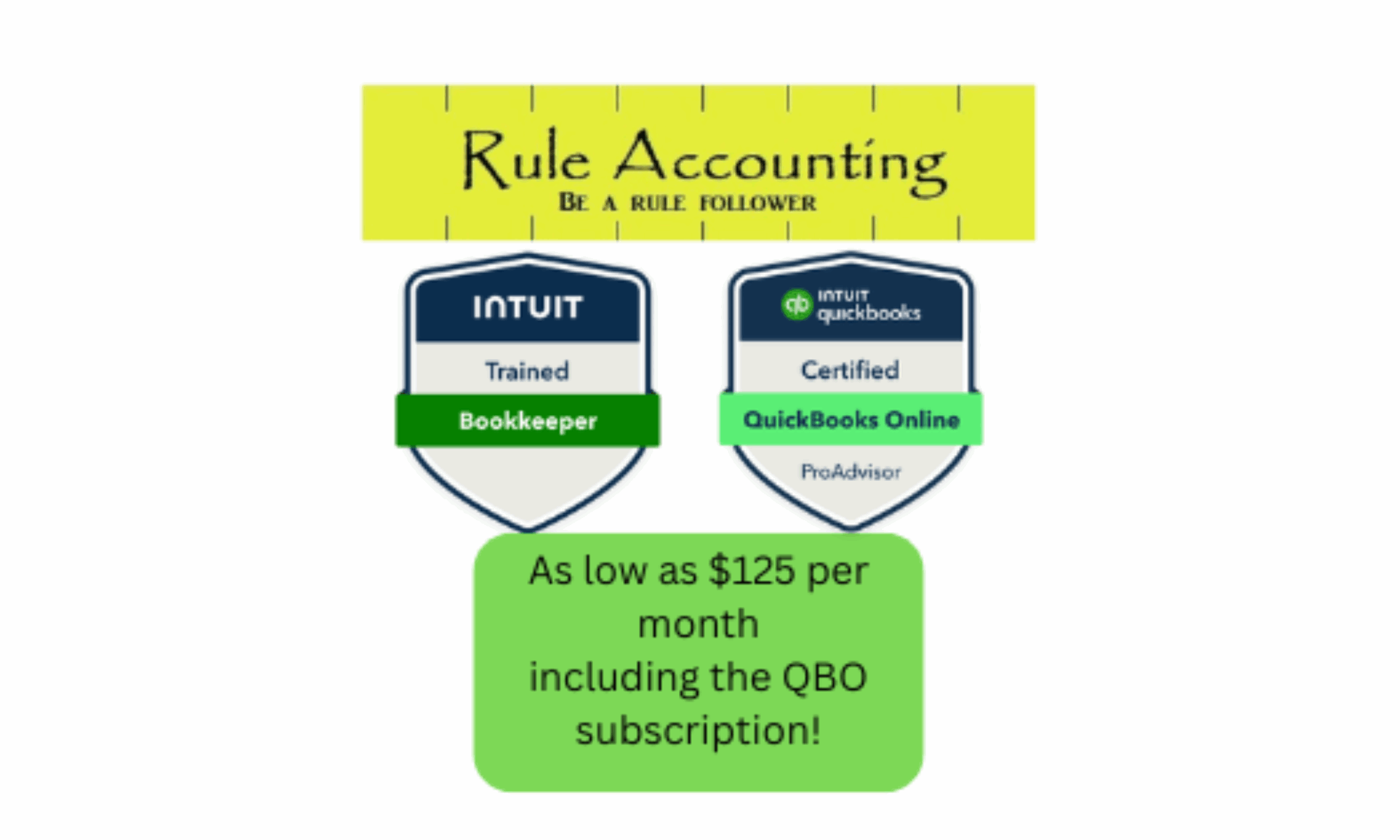How many of you take advantage of “Work In Progress”? This is an excellent way to keep tabs on your budgets and more importantly, your Balance Sheet.
Inventory, Supplies, & COGS
I am a member of the ranching community, so this article’s purpose is to empower ranchers on the business side of ranching. Financial institutions require ranchers to submit financial statements. There are two main important financial statements, the balance sheet and the income statement.
Inventory, supplies, and Cost of Goods Sold (COGS) are terms used in accounting. Most everyone is familiar with the terms inventory and supplies. COGS is somewhat vague. All three of those terms refer to items used and paid for, in your business. When you purchase a bale of hay, or a load of hay, which of these three terms should be used. The correct answer is, with inventory and supplies, it depends. COGS is always used with inventory.
Continue reading “Inventory, Supplies, & COGS”Cash vs Accrual Accounting
My area of expertise is in the ranching industry. I suspect most ranchers use the cash method. For my ranch, I use the cash method for tax purposes. The cash method is considerably less costly than the accrual method.
The IRS graciously allows most of us to use the cash method. Small business taxpayers. Effective for tax years beginning after 2017, the Tax Cuts and Jobs Act (P.L. 115-97) expanded the eligibility of small business taxpayers to use the cash method of accounting.
With that being said, I do use the accrual method for my ranching operation’s books. Cash method for the IRS and accrual for cost control. Ranching is a very competitive market, thus the margins are small. Without through accounting it is impossible to determine what your true costs are.
No one would sell a 1500 pound round bale of hay for less than what they have in it. It is easy to determine your fertilizer and net-wrap cost per bale. Not so easy to determine all of the many other incidental cost to produce that round bale. With a good team working together to keep accurate records of daily transactions, the accrual method of accounting will allow accurate cost reports for greater decision making.
A big part of ranching is inventory control. That includes hay and feed, fuel, raised cattle, purchased cattle, and equipment use. Every revenue stream should have a corresponding cost stream. Gross Profit may then be calculated. Overhead costs is everything else. The more of your costs that you are able to put into a corresponding cost stream, the less your overhead will be. Overhead is paid for out of Gross Profit.
Cost control requires the use of spread sheets and pivot tables for analysis. This is what accountants are for.
Brett Bickham, May 24, 2020
Clifton, TX
Rule Accounting

Rule Accounting is a managerial accounting firm formed in 2017. I specialize in managerial and tax accounting for family ranches.
Rule Accounting derived their business name from all of the many rules in accountancy. Bookkeeping is the day to day process of journalizing the temporary accounts of revenue and expenses. There are six major steps in the accounting process. The bookkeeping part is step two. Accounting goes into greater detail and includes the Balance Sheet accounts of Assets, Liabilities, and Retained Earnings (Capital). Accounting rules include domestic rules, international rules, and generally accepted accounting principles (GAAP). The domestic rules, or standards, are developed by the Financial Accounting Standards Board, or FASB. The international rules are developed by the International Financial Reporting Standards, or IFRS. The international rules are similar to the USA rules for the most part. Livestock rules are different abroad but here in the USA those differences don’t affect most of us.
Continue reading “Rule Accounting”